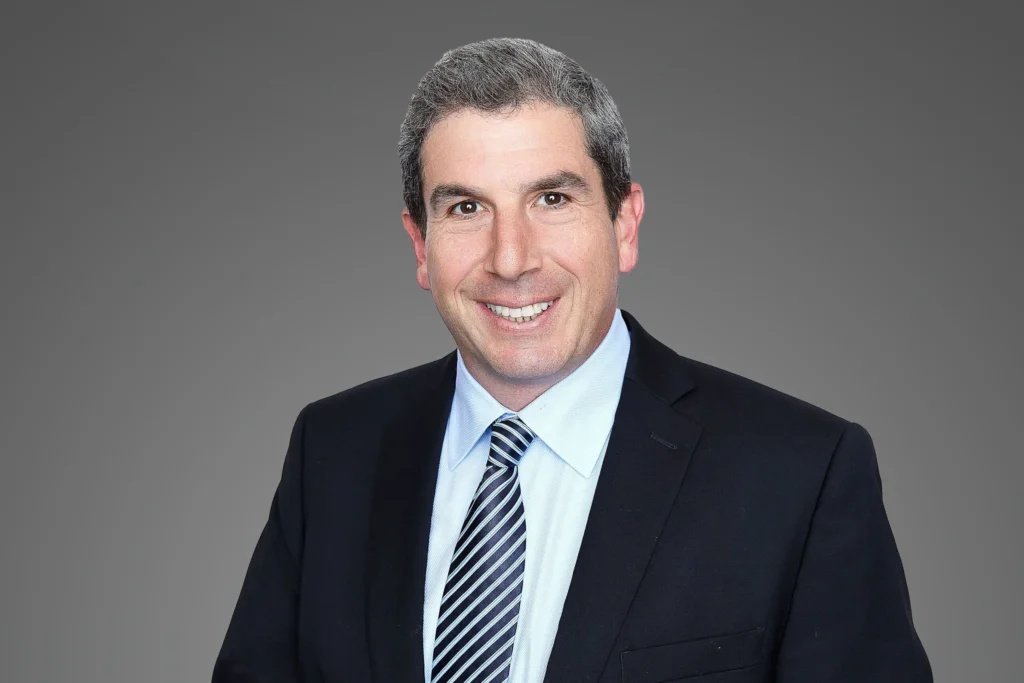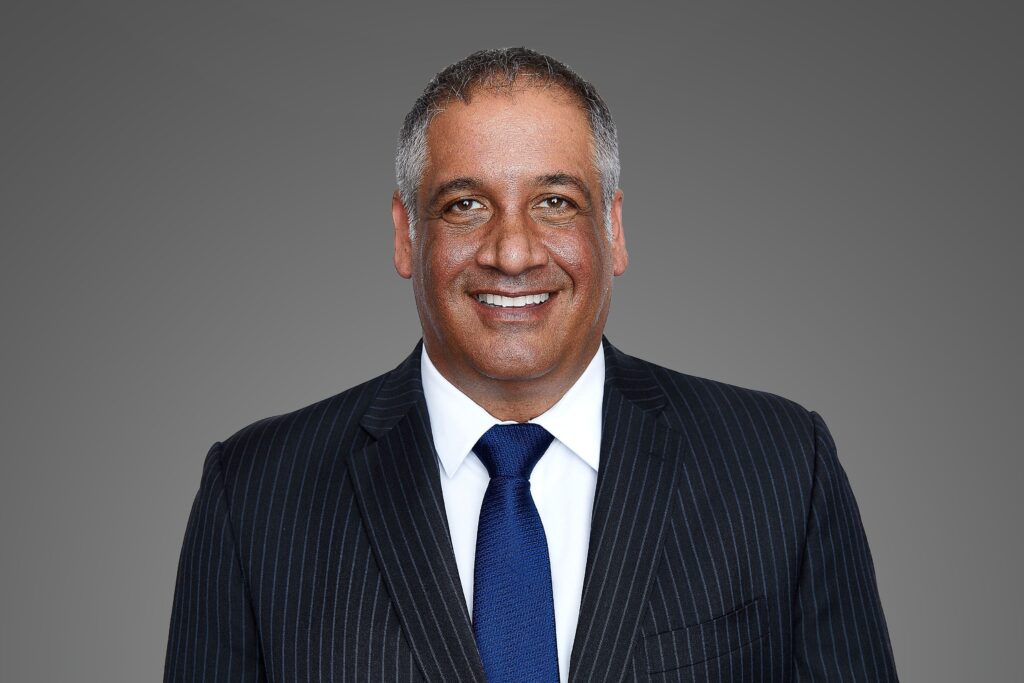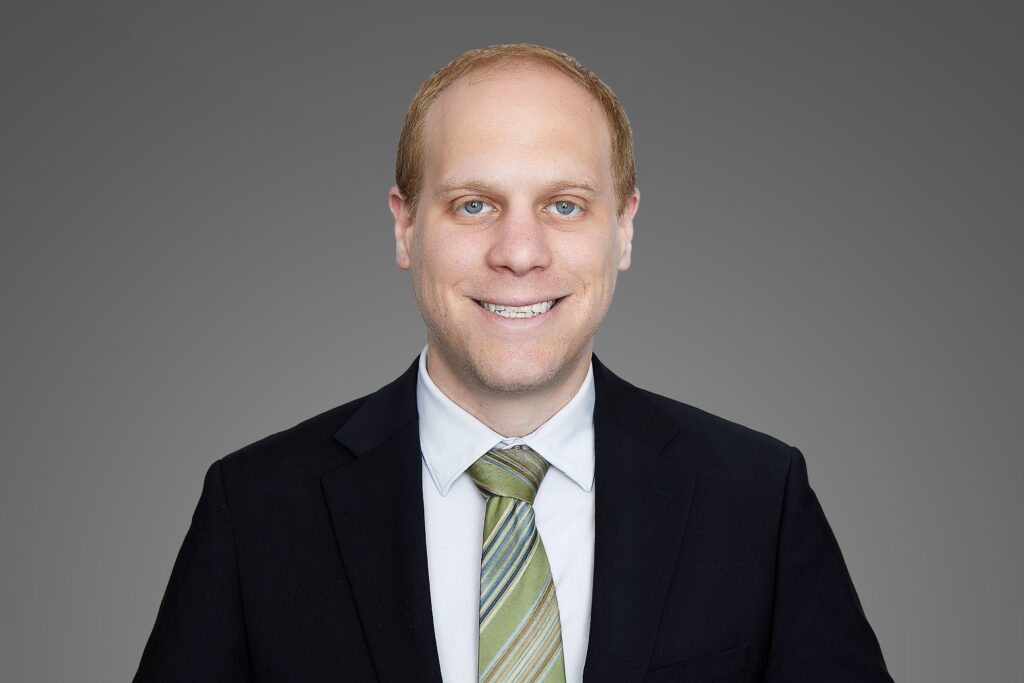Know the Steps and Protect Your Rights After a Leased Vehicle Accident
Figuring out what to do after a car accident in California is important for protecting yourself and your rights. This process gets a bit more complicated when the vehicle involved is leased. Leased cars have their own set of rules and procedures that you must follow. Our Los Angeles personal injury attorney can help you deal with the aftermath of the accident more smoothly and protect your interests throughout the process.
Accidents involving leased cars require more than just following the standard procedures. This article will give you an overview of the steps you need to take to handle the situation properly and avoid any complications with your lease.
Quick Summary:
- After a car accident in California, knowing what to do is crucial, especially when dealing with a leased vehicle. Leasing a car means making monthly payments to use it without owning it, typically for a period of two to four years. Lease agreements often include mileage limits and maintenance responsibilities, making it important to understand these terms to avoid extra fees and ensure proper care of the vehicle.
- When leasing a car in California, you must comply with the required insurance coverage. Collision coverage is often required by leasing companies to pay for repairs to the leased car, regardless of fault, while comprehensive coverage protects against non-accident-related damages like theft or vandalism. Additionally, gap insurance, although not always mandatory, is advisable as it covers the difference between your insurance payout and what you still owe on the lease if the car is totaled or stolen.
- Dealing with a car accident in a leased vehicle can be more complicated than with an owned car.
Here’s a step-by-step guide:
- Safety First: Ensure everyone’s safety and call emergency services if necessary.
- Report the Accident: Contact the police to file a report, which is essential for your insurance claim.
- Exchange Information: Gather contact details from the other driver.
- Notify Your Insurer and Leasing Company: Inform both parties about the accident, providing all relevant information.
- Review Your Lease: Check your lease agreement for specific accident procedures.
- Arrange Repairs: Follow your leasing company’s instructions for repairs.
- Document Everything: Keep all documentation related to the accident to protect your rights and fulfill your obligations.
Understanding the Basics of Leasing a Car
Leasing is like renting a car for a certain period, usually two to four years. Instead of buying a car and paying for it all at once, you make smaller monthly payments to use the car. When you lease, you pay to use the car but don’t own it. At the end of the lease, you return the car to the dealer. This can be a good option if you like driving new cars without the hassle of selling them later.
When you lease a car, you usually have to stick to a certain number of miles each year. If you drive more than that, you may have to pay extra fees. You are also responsible for taking care of the car, including regular maintenance. Most leased cars are new and may still be under warranty, which can help save money on repairs.
Insurance Requirements for Leased Cars in California
When leasing a car in California, it’s essential to know and comply with the insurance requirements. Here are the main types of coverage you need:
- Liability Insurance: This is a must for all drivers in California, including those with leased vehicles. It offers financial protection by covering costs related to damages or injuries if you are deemed at fault in an accident.
- Collision Coverage: This type of insurance helps pay for repairs to your leased car if you get into an accident, no matter who is at fault. Since leasing companies own the car, they often require this coverage to protect their assets.
- Comprehensive Coverage: This insurance covers damage to your car from non-accident events, such as theft, vandalism, or natural disasters. Leasing companies usually require this to ensure that the vehicle is protected against various risks.
- Gap Insurance: While it’s not always required, gap insurance is a good idea for leased cars. If your leased car is totaled or stolen, gap insurance covers the difference between what your insurance pays and what you still owe on the lease. This can prevent you from paying out of pocket for a car you can’t drive anymore.
What to Do After an Accident In a Leased Car in California
Dealing with an accident involving a leased vehicle can be more complicated than managing one with a car you own. When you’re dealing with a leased car, you must follow both standard accident procedures and the special requirements set by the leasing company. Knowing what steps to take after an accident can help you protect your rights and minimize the financial impact. Here’s what you should do to ensure you manage the situation properly and meet all your obligations:
Check for Injuries
Whether you’re driving a leased vehicle or not, the first step you need to take after an accident is to check for injuries. Make sure everyone involved is safe. If anyone is hurt, call 911 immediately to get medical assistance. Even if injuries seem minor, it’s wise to have a medical professional assess everyone involved, as some injuries might not be immediately apparent.
Contact the Police
Report the accident to the police. When the police arrive, provide them with all the necessary details about the accident. They will help manage the scene and write an official report of what happened. This document will serve as evidence for your insurance company and can help resolve any disputes. Get a copy of this report for your records.
Exchange Information
Share your contact and insurance details with the other driver. This includes their insurance company’s name and policy number. It’s also helpful to get their driver’s license number and the vehicle’s license plate number. In addition to the other driver’s details, collect contact information from any witnesses who saw the accident.
Notify Your Insurance Company
Inform your insurance company about the accident as soon as you can. Provide all the necessary details, including the date, time, and location of the accident, as well as the information from the other driver and any witnesses. This helps your insurance company start processing your claim and ensures that you meet any deadlines for reporting the incident.
Inform the Leasing Company
Contact your leasing company to report the accident. Notifying them early helps you avoid any complications with your lease agreement. They may have specific procedures for how to handle repairs and claims.
Provide the leasing company with all relevant details about the accident, including the police report and any information you have about the damage. Keeping them informed ensures that you meet your lease obligations.
Review Your Lease Agreement
Look over your lease agreement for any guidelines related to accidents, damages, and repairs. Some leases may have specific rules about using certain repair shops or reporting accidents. Following these rules helps prevent unexpected costs or issues with your lease.
Arrange for Repairs
Get your car repaired according to the guidelines from your insurance and leasing company. Your leasing company will likely provide you with instructions on how to proceed with repairs. They may have specific repair shops or procedures that you must follow. Ensure that all repairs are completed properly to maintain the condition of the vehicle.
Keep All Documents
Save copies of all documents related to the accident, including medical reports, repair bills, and communication with your insurance and leasing companies. This helps you keep track of everything and ensures you have proof of what happened. This paperwork may be needed by your leasing company or insurance provider.
How Our Los Angeles Personal Injury Lawyer Can Help After a Car Accident in a Leased Vehicle
If you’re involved in a car accident in California and driving a leased vehicle, it can be tough to know the next steps. Our Los Angeles CA personal injury lawyer can guide you through the process, ensuring you understand your rights and responsibilities.
At Haffnew Law, we are committed to helping clients understand what to do after a car accident in California, especially when it involves a leased vehicle. We can help you know what information to gather, how to communicate with your insurance company, and what to tell the leasing company. By working with our personal injury law firm, you can confidently navigate the necessary steps.
Don’t face this challenge alone. Contact us now for a free case review and let us help you explore your legal options. We’re here to provide the support you need and protect your interests every step of the way.








